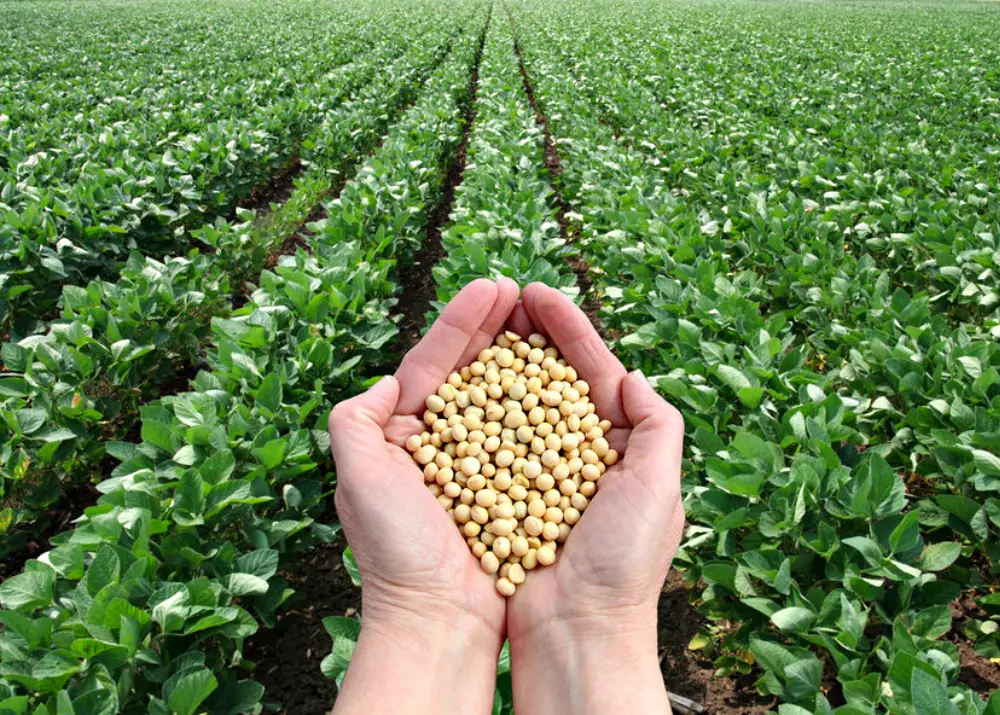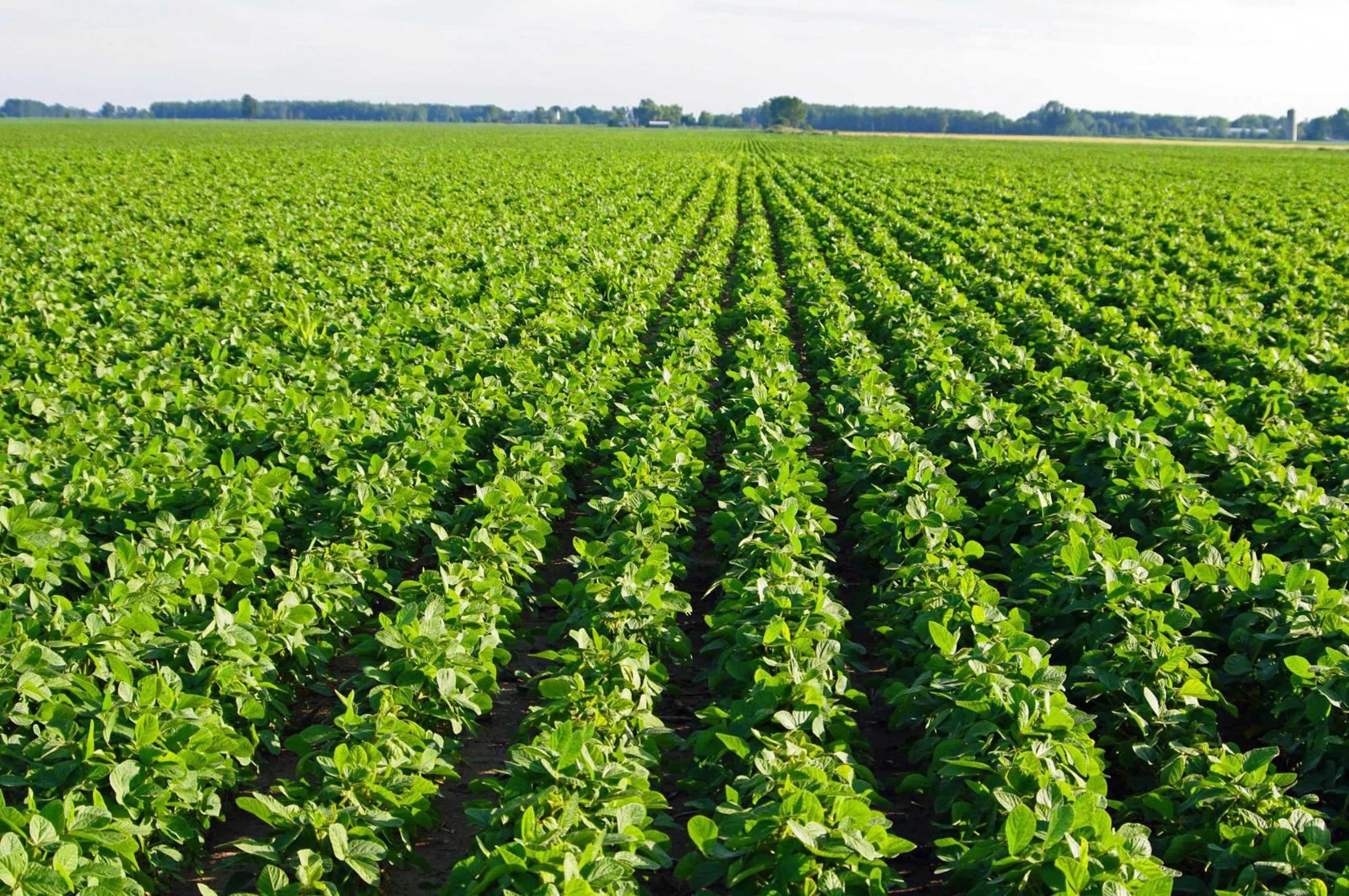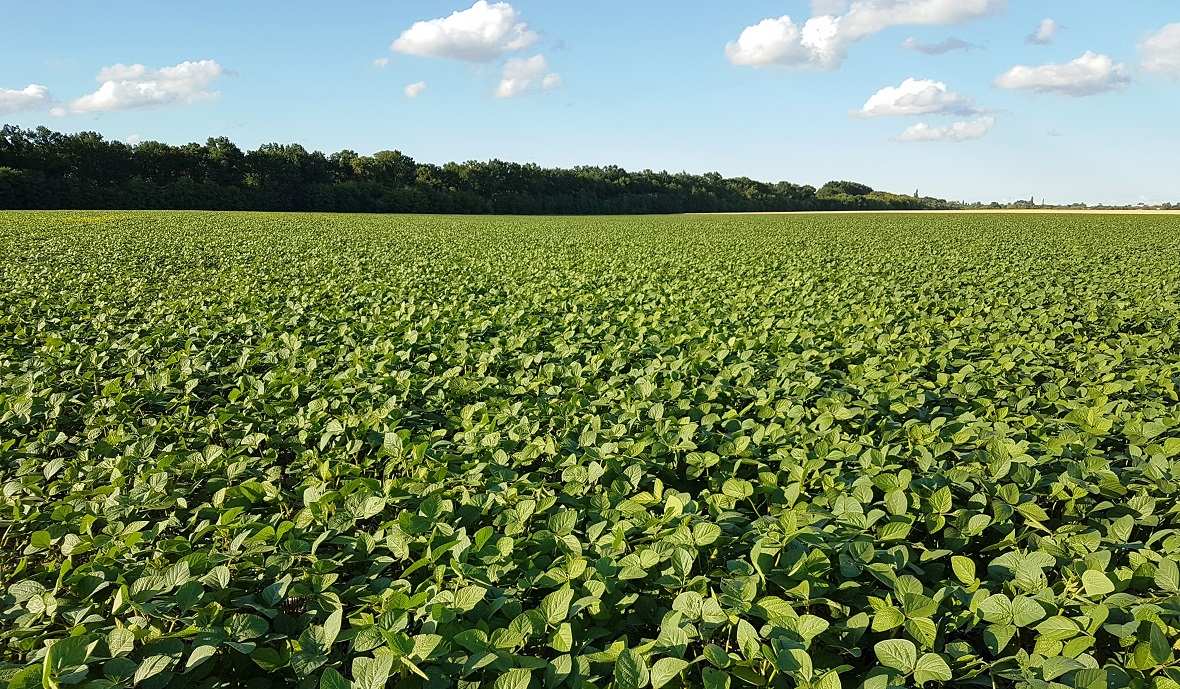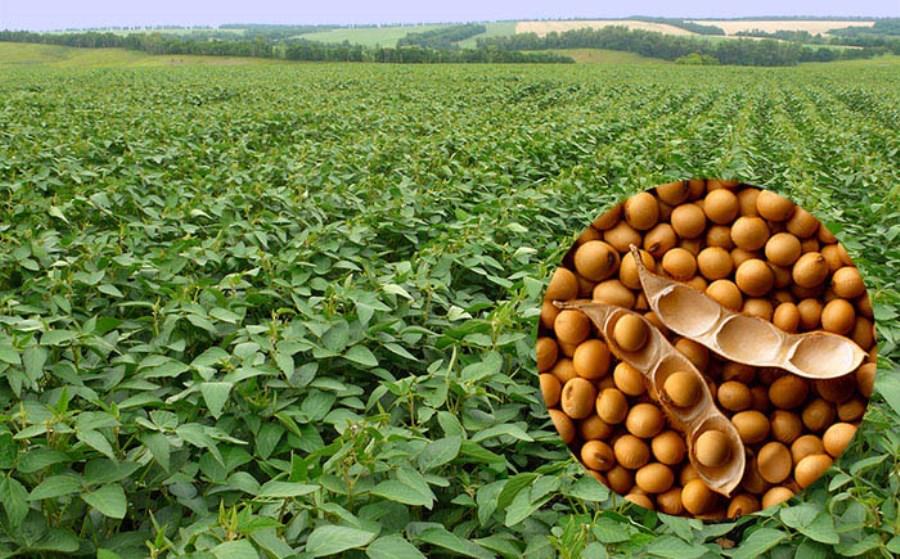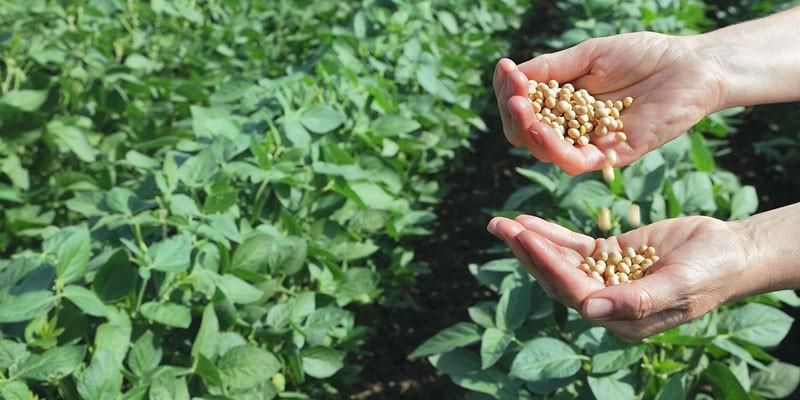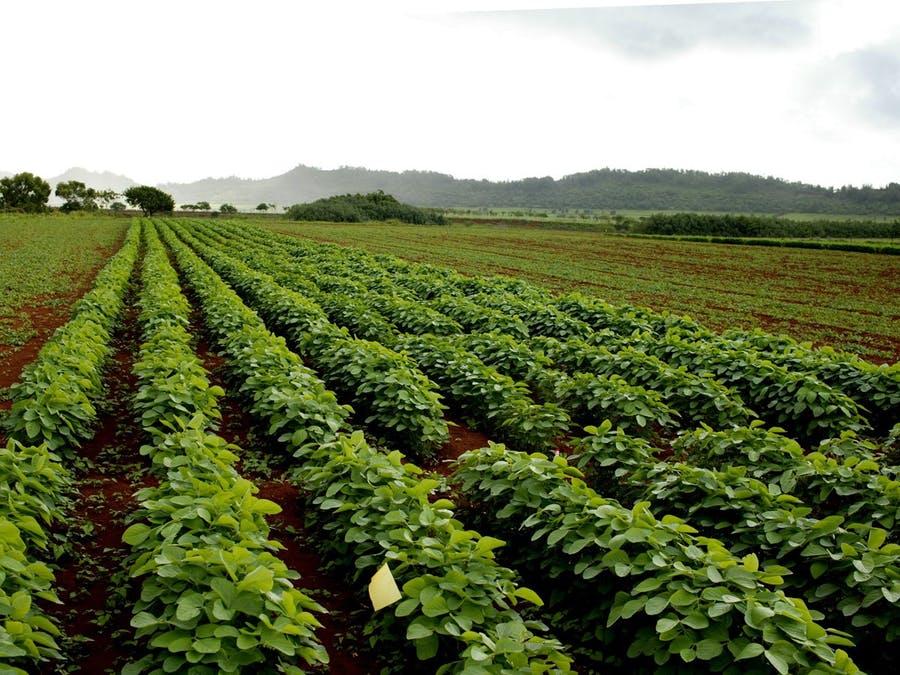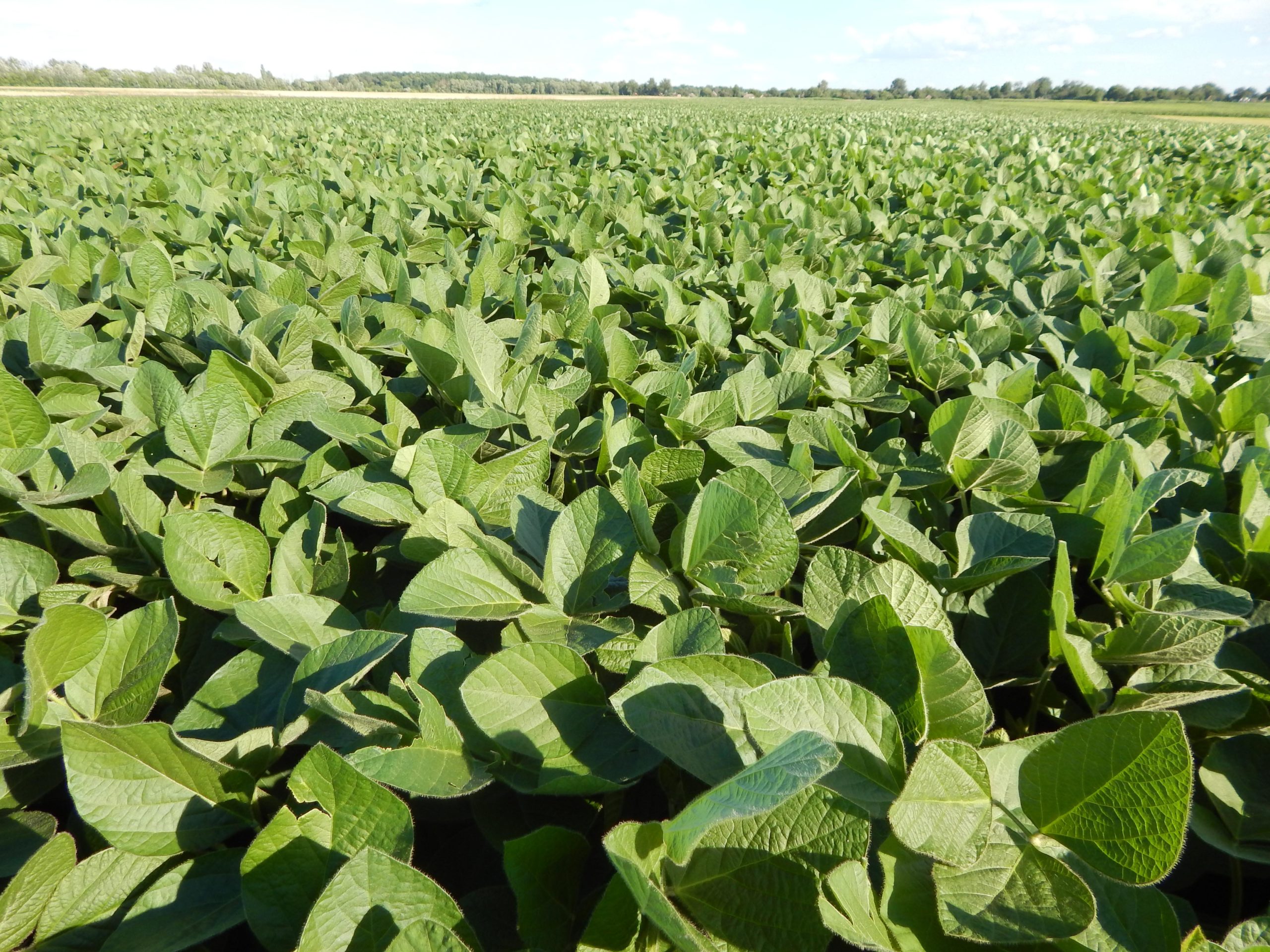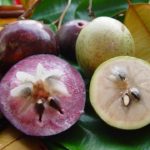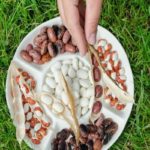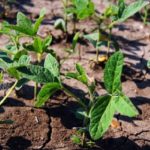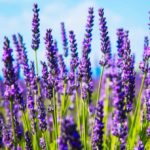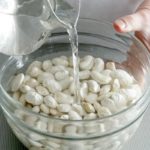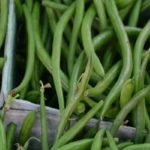Soybean is called one of the most important agricultural crops. It began to be grown in Russia relatively recently. Moreover, on a global scale, this plant is comparable to rice, corn and wheat. This is due to the high versatility of this plant. A wide variety of food products are obtained from it and raw materials for light industry are made.
Description of the plant
Soybean is an annual plant that has a rough tap root. It penetrates to a depth of 1.5-2 meters. Long lateral shoots extend from the taproot.In this case, the plant can reach a height of 20 centimeters to 1.5 meters. Specific sizes depend on the crop variety and its growth conditions. The bushes have straight and thick stems. Some varieties have climbing shoots.
Side branches extend from the lower part of the central stem. In some varieties they are located in one plane, in others - in several. There are also varieties in which second-order shoots appear on the side branches. The stem and side shoots end in a rough apex with a flower raceme or an elongated thin apex with leaves.
The entire bush is usually covered with fluff. It may be white or yellow in color. In this case, the pubescence can be dense, long, sparse or pressed. After flowering is completed, fruits in the form of beans appear on the bushes. Like all crops, they are covered with hairs. However, the beans are different:
- small – their length reaches 3-4 centimeters;
- medium - have a length of 4-5 centimeters;
- large - reach 6-7 centimeters.
The shape of the fruit is also different. They are straight, xiphoid or crescent-shaped. Ripe beans are red, yellow or light brown. In this case, 1 plant can contain from 10 to 400 fruits. Depending on the botanical form, the beans crack or remain closed during ripening.
One bean may contain 1-4 grains. Moreover, the weight of 1000 pieces is 50-450 grams. The color of the grains can be different - black, green, brown, yellow. The grain ridge also differs in color. It can be black, brown, brown or colorless. As for the shape of the grains, they are oval or spherical, flat or convex.
History of soybean cultivation
Currently, soybeans are widely used throughout the world.However, this situation was not always observed. Just a couple of centuries ago, soybeans were an exclusively Asian crop. In Western countries, almost no one knew about it. This plant was cultivated in Ancient China. However, the exact timing of this is not known. According to the most daring versions, soybeans began to be cultivated in the 6-7 millennium BC. However, more substantiated theories say that the cultivation of the plant in China did not occur earlier than the 11th century BC.
Subsequently, soybeans from China came to Korea. There it developed into an important agricultural crop. During the colonization of the Japanese archipelago by Korea, the culture came to Japan. This happened between the 5th century BC and the 4th century AD.
Only several centuries later this plant became known in European countries. At the same time, it is problematic to determine which of the European researchers was the first to describe soybeans. Some believe that it was the naturalist Kaempfer who visited China at the end of the seventeenth century. There is also an opinion that this merit belongs to the Russian scientist Vasily Poyarkov. Half a century earlier, he visited the banks of the Amur and described soybeans in his notes. The recordings were subsequently published in Holland.
At the same time, European botanists became seriously interested in soybeans only in the second half of the eighteenth century. They began cultivating the crop in Europe even later – in 1885. In the USA, the plant began to be grown on an industrial scale in the late 1890s.
The high yield parameters and wide range of applications of the plant have made it popular in Western countries - primarily in the USA. Since the end of World War II, soybeans have become one of the most important agricultural crops in the United States.
At the same time, in the USSR the fate of culture was less pleasant.As a standard, soybeans were grown exclusively in the Far East - in the area of the Amur River. Attempts to distribute soybeans in the south of Ukraine or the north of the Caucasus were unsuccessful. Moreover, in the mid-seventies of the last century, the maximum crop yield was 800 thousand tons. After this, interest in the plant began to decline, which led to a decrease in sown areas.
The situation changed only in the first half of 2000. It was then that soybean crops began to increase again. At the same time, farmers managed to achieve and exceed Soviet indicators. Currently, soybeans are grown in many Russian regions. At the same time, farmers manage to obtain excellent results. This is due to the emergence of many successful domestic varieties. Currently, farmers harvest approximately 3 million tons of soybeans per year.
Application of culture
The popularity of soy is due to its wide range of applications. The fruits of this crop are often used to prepare all kinds of dishes. These include soups, cutlets, cheeses, and sausages. The seeds of this legume are used to produce flour and oil. In addition, the plant is a valuable nutritious food that many farm animals love.
Popular varieties
Today there are a large number of soybean varieties, each of which has its own characteristics. When choosing a specific option, it is recommended to consider the following:
- Terms of ripening. Farmers do not always have the opportunity to wait for late varieties to ripen. When choosing deadlines, you need to focus on subsequent plans. It is worth considering that an early harvest is more expensive. At the same time, something else can be planted on the cleared fields.
- Yield parameters. The more fruit a crop bears, the better.However, when choosing a variety, you should focus not only on this criterion, but also on the fixation of the lowest bean. To be able to harvest mechanically, the fruits must be at least 12 centimeters from the surface of the ground. Otherwise, there is a risk of losing part of the harvest.
- Taste and composition. Depending on the processing characteristics, it is worth choosing a variety that contains more or less oil. The amount of protein also matters. In addition, it is recommended to focus on the crop growing area.
- Resistance to drought and pathologies.
When choosing a specific variety, farmers most often take into account the ripening time of the crop. The sooner you can get the fruits, the better. You can plant other plants in the vacated area or feed the beds for next year.
Early maturing soybean varieties include the following:
- Bilyavka - it takes 75-80 days for the crop to ripen. In this case, the beans do not become covered with cracks. The plant reaches a height of 75-105 centimeters. After full ripening, the seeds can remain on the bushes for some time. However, they should be collected in a timely manner. From 1 hectare it is possible to obtain 4 tons of fruit. The culture needs to be treated against pathologies and parasites.
- Annushka - the fruits ripen in 80-85 days. This crop is recommended to be grown in the forest-steppe zone. This variety reaches a height of 80-110 centimeters and is distinguished by purple flowers. From 1 hectare it is possible to obtain 4 tons of fruit. The beans do not become cracked, and the seeds do not fall off even after full ripening. With poor quality care, the plant suffers from pathologies.
- Anastasia - it takes 87-95 days to ripen. Beans contain 4 grains. The culture is resistant to lodging and seed shedding.The bushes are characterized by compact sizes and reach a height of 80-130 centimeters. They are covered with gray fluff and have purple flowers. At the same time, the plant rarely suffers from diseases and pests.
Also, when choosing a plant, many farmers are guided by yield parameters. The higher this indicator, the more profitable the cultivation of the crop will be. In this case, you can give preference to such cultures as Success, Khadzhibey, Arcadia Odessa.
Rules for growing soybeans
For soybean cultivation to be successful, it is important to follow specific rules and recommendations.
Soil preparation
For planting, it is recommended to choose clean fields that contain many nutrients and are characterized by high humidity. In this case, the need for watering and the use of fertilizers will be minimal.
It is recommended to plant soybeans after cereals, sugar beets, and corn. Potatoes can also be a good predecessor. However, it is not recommended to plant soybeans after grain legumes or perennial legumes. Also, do not do this after cabbage and sunflower. In turn, soybean is considered a good precursor for cereals, corn, rapeseed, and forage plants.
Preparing the soil for soybean sowing mainly comes down to autumn peeling. It is performed to a depth of 9 centimeters. Plowing is also carried out, which is combined with the application of fertilizers. This should be done to a depth of 25 centimeters.
In early spring, it is recommended to carry out harrowing first. Then, if necessary, cultivation should be performed. This will help level the soil and get rid of weeds. It is recommended to carry out cultivation before sowing. To do this, it is worth using beet or steam cultivators with harrows.
The field surface must be perfectly flat, since soybeans grow quite low. Therefore, they need a low cut when harvesting. Fluctuations between ridges and furrows should be no more than 4 centimeters.
Landing
It is recommended to plant soybeans when the soil warms up to +10-15 degrees. If the weather forecast promises a rapid increase in temperature parameters in the near future, you can sow in cooler soil. Its temperature can be +6-8 degrees.
For varieties that ripen quickly, the interval between rows should be 15-45 centimeters. If the crop is characterized by an average ripening period, this parameter is made 45-70 centimeters. The approximate sowing rate depends on the variety, planting method and planned weed control methods.
It is recommended to treat soybean seeds before planting. They are also inoculated with nodule bacteria. It is recommended to plant beans to a depth of 3-4 centimeters if the soil is sufficiently moist. If the upper part of the soil is a bit dry, it is necessary to deepen the seed by 5-7 centimeters. In addition, dry soil must be rolled down after planting. In this case, at least 1 centimeter of moist soil should remain above the seeds.
Aftercare
When growing soybeans in summer cottages or fields, it is important to weed the beds in a timely manner.It is also recommended to regularly get rid of weeds and loosen the soil between the rows. It is recommended to harrow the crops several times during the season. For the first time, the soil should be processed 4 days after planting the seeds. When the sprouts reach 15 centimeters, re-harrowing is required. Subsequently, the soil should be cultivated at the stage of formation of the third leaves.
When growing crops, it is imperative to pay special attention to the fight against diseases and parasites. Spider mites cause great harm to fruits and sprouts. Soybeans also often suffer from acacia moths. To avoid pest attacks, it is recommended to use insecticides. The most effective means include “Sumi-Alfa” and “Fastak”.
Legumes often suffer from ascochyta blight, anthracnose and viral mosaic. Fungicidal drugs help prevent these serious pathologies, which negatively affect yield parameters and can even cause crop death.
Harvesting is recommended in September. This must be done when the humidity parameters reach 14%. In such weather, the fruits are easiest to process. It is important to mow on time. The fact is that the beans dry out and open in just a few days.
After harvesting, it is recommended to lay the beans in an area that is fully illuminated by the sun. This helps to quickly dry the fruits and ventilate them. After the harvest has dried, it must be collected in bags and stored in arches.
For soybean growing to be successful, it is important to prepare everything you need in advance. In this case, the farmer will need the following equipment:
- cultivator;
- pneumatic seeder;
- extruder;
- combine;
- harrowing tools.
If it is possible to provide favorable conditions for the development of the plant, the soybean growing business will be very profitable. It is important to follow all the rules of crop rotation and agricultural technology.
Soybeans are a popular crop that many farmers are cultivating today. The wide distribution of the plant is due to its high yield and wide scope of application.

